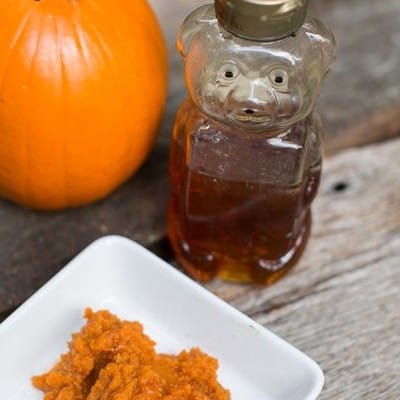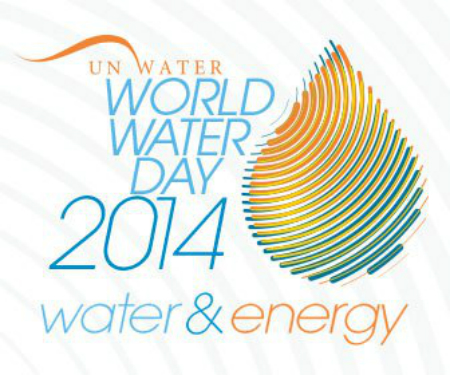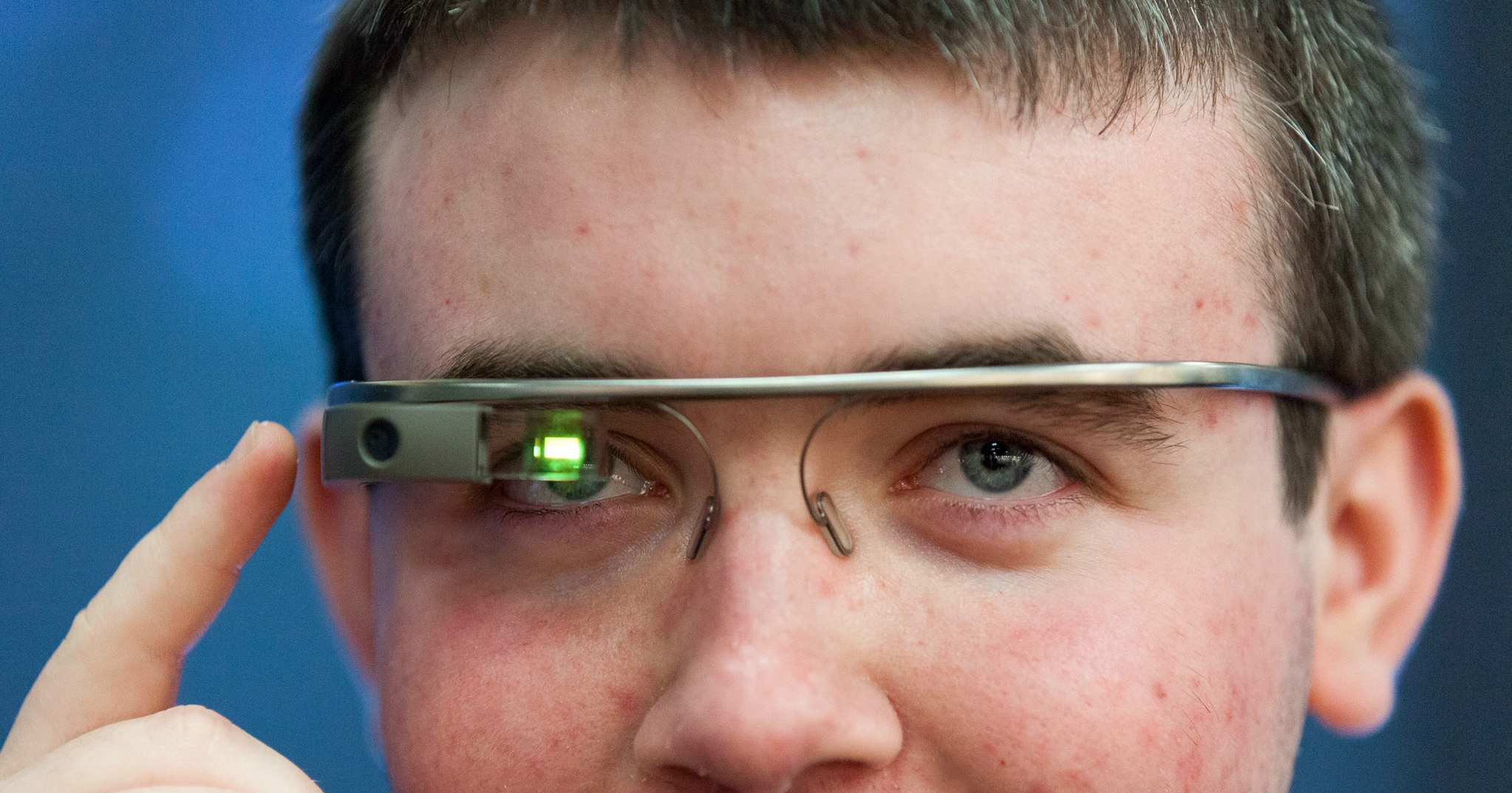
If you’ve noticed unusual whitish and unsightly marks on the abdomen, upper arms, breasts, buttocks or legs, you probably have developed what is commonly referred to as stretch marks. These marks are most often a result of a sudden change – either an increase or a decrease – in body weight. Therefore, they are usually observed after pregnancy, or in teenagers who undergo the spurt in growth because of the hormonal changes associated with adolescence. These stretch marks are difficult to totally obliterate; however, there are some home remedies for lightening them so that they don’t appear as prominent.
Lemon juice to the rescue
With its acidic nature and natural bleaching properties, lemon juice is one of the most effective remedies to lighten stretch marks. Simply cut a lemon, squeeze out the fresh juice and rub it gently onto the affected skin. Keep for about 10 minutes and then rinse off with a little warm water. Repeat a few times each day to see better results.
Massage the area with vegetable oil
Traditionally, in many parts of India, during the first few months following childbirth, the mother is given an oil bath – that is, coconut oil or castor oil is massaged onto the entire body as well as the scalp and this is followed by a bath with hot water. Quite a few modern-day beauty treatment centers make use of the wisdom of this ancient custom. Vegetable oils such as coconut oil, castor oil and even olive oil have the property of moisturising skin and smoothing out the wrinkles. Both these actions ensure that these oils are equally good for getting rid of stretch marks. Warm a little olive oil and massage it deep into the affected skin before going to bed. Rinse the next morning with a little warm water and a mild soap if necessary. Or, you could try a mix of olive oil and coconut oil, too. When it comes to castor oil, the best way is to rub slightly warmed castor oil directly onto the affected skin and then wrap a cloth dipped in hot (but not uncomfortably so) water around the area. Or, you could wrap a plastic sheet over the skin where you have rubbed in the oil and use a hot water bag over this area – the warmth allows the pores in the skin to open up and absorb the oil better.
Egg whites can also lighten stretch marks
The white of the egg is rich in protein and this is useful in dealing with stretch marks. Collect the whites from two eggs, whip gently and apply as a thick layer onto the marks. Once the egg pack has totally dried, rinse it out with water and then moisturise the area by applying some olive oil.
Use a good moisturiser
Regular use of a moisturiser helps the skin stay hydrated and this can improve the elasticity of the skin, reducing the severity of stretch marks. Use one of the commercially available moisturisers with cocoa butter or aloe vera or make your own at home by mixing equal quantities of aloe vera and olive oil.
Rub vitamin E oil
Vitamin E has antioxidant properties; so it prevents the damage of collagen that can lead to skin damage. If you have longstanding stretch marks, try massaging some vitamin E oil into the affected skin on a regular basis and you are likely to find some improvement.
Use aloe vera gel
Stretch marks are an indication that the skin has lost its natural elasticity. Aloe vera, with its ability to heal the small tears in the skin layers is therefore the perfect solution to help regain the lost elasticity. Cut a leaf from the aloe plant, peel out the outermost skin and squeeze out the gel; massage it daily over the affected skin and you will find the stretch marks gradually fade. You could also combine aloe vera gel with vitamin E oil and use.
Source; Health










